Village at the foot of the sacred mountain
This village is located at the foot of two sacred mountains of the lagoon and estuary of Hue city : Thuy Van mountain (also known as Tuy Van) and Linh Thai mountain (also known as Turtle mountain). The village is located next to Tu Hien estuary, in Vinh Loc commune, Hue city, Vinh Hien commune, old Phu Loc district.

Ham Rong Beach at the foot of Linh Thai mountain, right at Tu Hien estuary
PHOTO: LONG NHAN
Thuy Van Mountain is a mountain rising in the middle of the coastal area like a dragon's head turning back towards Cau Hai lagoon towards Bach Ma. Tuy Van Mountain and Tu Dung seaport have marked historical events. During the Tran Dynasty, in 1306, King Tran Nhan Tong married Princess Huyen Tran to King Chiem Che Man in exchange for the dowry of Chau O and Chau Ri (Thuan Quang land) for Dai Viet. When she got married to Chiem Thanh, Princess Huyen Tran also stopped here to pay respect to her ancestors.
Since then, this seaport has been named Tu Dung, to record the event in memory of the Vietnamese girl who sacrificed her personal happiness for the great cause of expanding the territory... In 1471, King Le Thanh Tong, during his trip to pacify the Cham, stopped at this seaport and wrote the poem Tu Dung Hai Mon Lu Thu.
On Thuy Van mountain, there is an ancient Thanh Duyen pagoda, built in 1644, under the reign of Lord Nguyen Phuc Tan. In 1836, King Minh Mang had the pagoda restored and had an inscription engraved on a stone stele erected in the yard.
Thuy Van Mountain was voted by King Thieu Tri as the ninth most beautiful landscape in Than Kinh (Ninth most beautiful landscape of Van Son) and he wrote a poem to engrave on a stele erected on the mountain. In the poem, King Thieu Tri described: "Thuy Van Mountain, high green mountains, green trees with fragrant scent, outside looking at the ocean, inside looking at the small sea...".

Shops and businesses along Ham Rong beach
PHOTO: LONG NHAN
Linh Thai Mountain (popularly known as Turtle Mountain, or Quy Son) is a mountain rising up like a turtle located next to Tu Dung estuary, now Tu Hien estuary.
This sacred mountain was once described by the culturalist and poet Dao Duy Tu (1572-1634) in his work Tu Dung Van , with the following verses: "Strangely, nature molded the shape/The flat land raised a green peak before the sky/From afar, the hermitage looked like a towering cloud/The southern roof had a crane dancing, the western roof had a dragon paying homage". Dao Duy Tu was the strategic advisor of Lord Nguyen Phuc Nguyen (also known as Lord Sai, 1613-1635), famous for the construction of the Thay rampart in Quang Binh .

Ham Rong Beach still retains its wild beauty
PHOTO: LONG NHAN
On Linh Thai mountain, there used to be Tran Hai pagoda, built by Lord Nguyen Phuc Tan and the mandarin Tran Dinh An from an ancient Cham temple in the year Binh Ngo (the 4th year of Canh Tri - King Le Huyen Tong, 1676).
The pagoda was originally named Vinh Hoa. After Tay Son conquered the capital Phu Xuan (1786), the pagoda was leveled. In the 17th year of Minh Mang (1836), the king issued an edict to restore the pagoda, naming it Tran Hai Pagoda and the tower Vong Hai Tower. At the foot of Linh Thai Mountain is Tu Dung seaport with Ham Rong beach consisting of protruding rocks and beautiful scenery...
Worthy of the name "Hien An"
While the two sacred mountains have long been famous in history, in Phu An village located at the foot of the mountain, people's lives have remained peaceful through many historical changes. People still mainly live on fishing.
Mr. Ngo Quang Bua, the village chief, said that Phu An village has existed since the post-Le dynasty. Later, the village was divided into two villages, Hien An 1 and Hien An 2, Vinh Loc commune (old Vinh Hien). The villagers mainly live by fishing on the coast and in the lagoon. This place is famous for its specialties made from shrimp and fish such as fish sauce, shrimp paste, and other types of fish sauce.

Small path to the fishing village in Phu An
PHOTO: LONG - NHAN
Ms. Nguyen Thi Gai (68 years old, in Hien An 2 village) said that most of the men in the village are fishermen, while the women are seafood traders, so the work is busiest in the early morning. After the fish loads reach the shore, the fishermen continue to turn their boats back to sea, repeating this until the day the sea is rough.
"We work about 15 days a month. We're not rich, but we have enough food and clothing. Thanks to the sea, everyone in the family has a job to make a living," said Ms. Gai.

Small boats of Phu An villagers "rest" after going out to sea to fish for squid.
PHOTO: LONG NHAN
Mr. Tran Long (75 years old, in Hien An 2 village), who has spent most of his life at sea, confided that in the past, when seafood resources were abundant, villagers only needed to go to sea for a few days to eat for a month. Later, many people invested in large ships, and the source of shrimp and fish near the shore also decreased, so now the village only has a few small boats, catching herring and squid near the shore.

Mr. Tran Long, a fisherman from Phu An village, next to his fishing boat.
PHOTO: LONG - NHAN
Phu An coastal village is also a place that preserves many traditional cultural values including annual ceremonies, Phu An rural market (Vinh Hien) is famous for many products and rustic specialties.
Ham Rong Beach has recently become famous for its pristine, clear blue beauty, attracting many domestic and foreign tourists to come and sightsee. This is a new check-in spot for those who want to explore the wild beauty of amazing nature.
Source: https://thanhnien.vn/nhung-ngoi-lang-tuyet-dep-ven-bien-lang-ben-bien-ham-rong-hoang-so-185250826130603597.htm




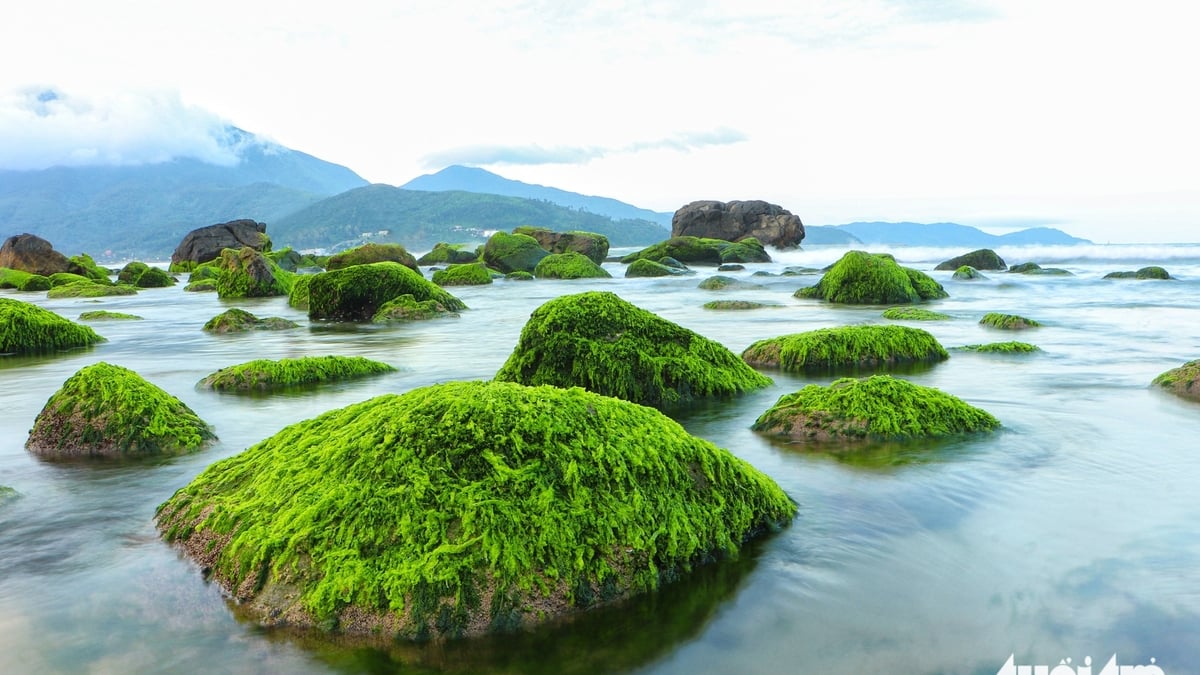
![[Photo] National Assembly Chairman Tran Thanh Man holds talks with New Zealand Parliament Chairman](https://vphoto.vietnam.vn/thumb/1200x675/vietnam/resource/IMAGE/2025/8/28/c90fcbe09a1d4a028b7623ae366b741d)
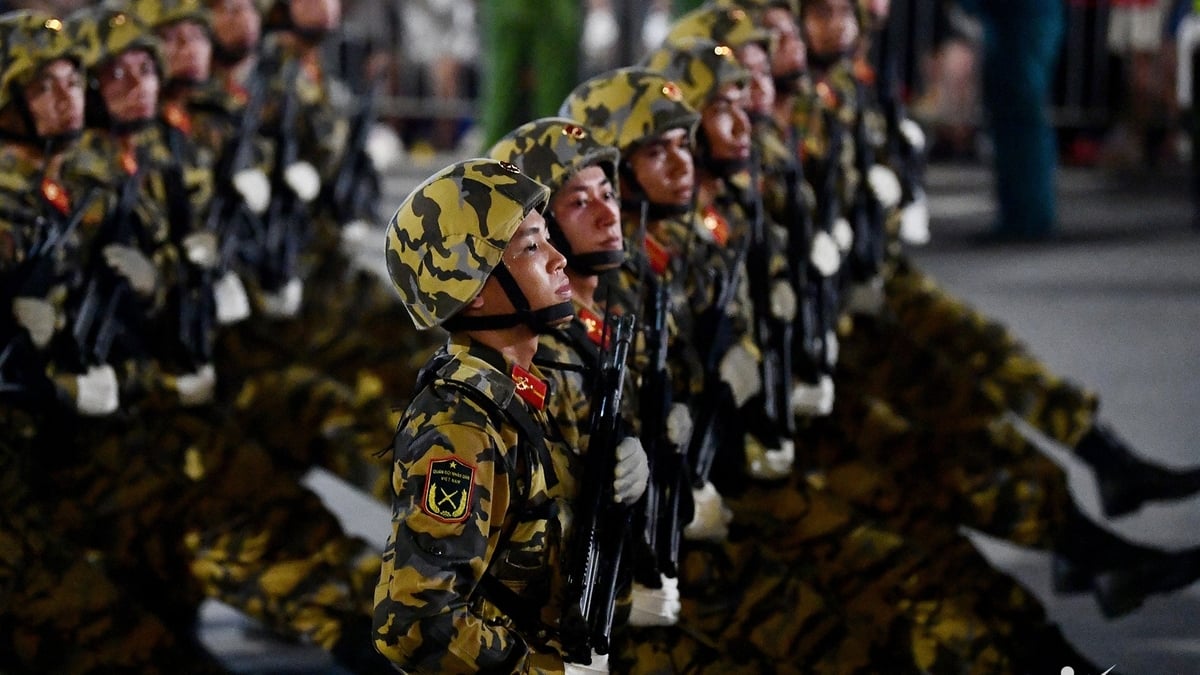
![[Photo] General Secretary To Lam attends the opening ceremony of the National Achievements Exhibition](https://vphoto.vietnam.vn/thumb/1200x675/vietnam/resource/IMAGE/2025/8/28/d371751d37634474bb3d91c6f701be7f)

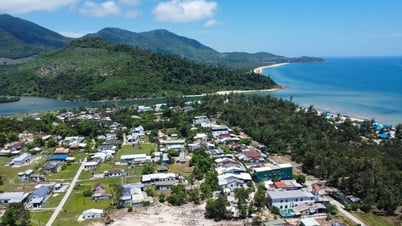









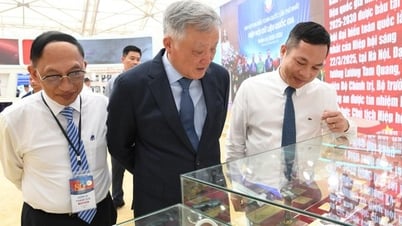

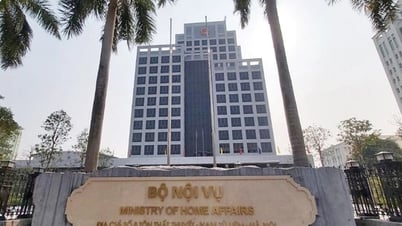










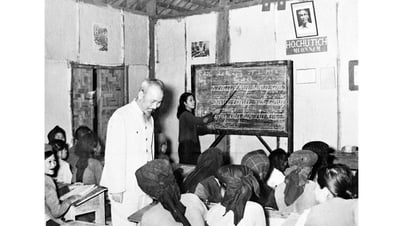



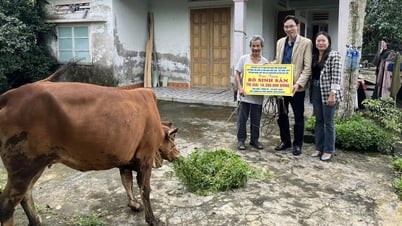

![[Photo] Images of the State-level preliminary rehearsal of the military parade at Ba Dinh Square](https://vphoto.vietnam.vn/thumb/1200x675/vietnam/resource/IMAGE/2025/8/27/807e4479c81f408ca16b916ba381b667)
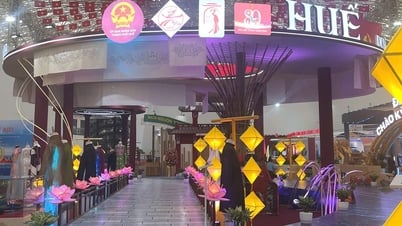

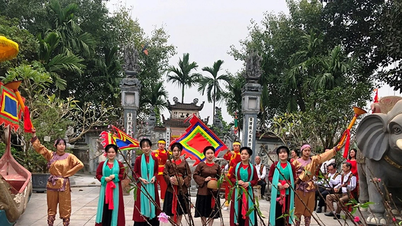
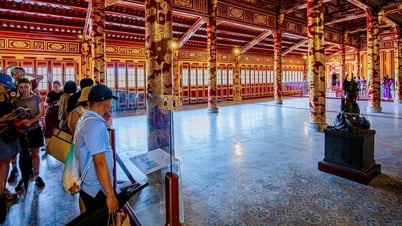





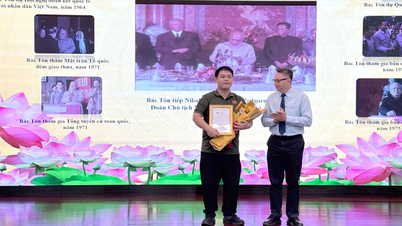







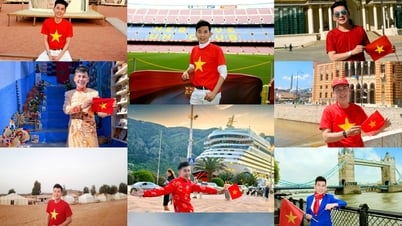


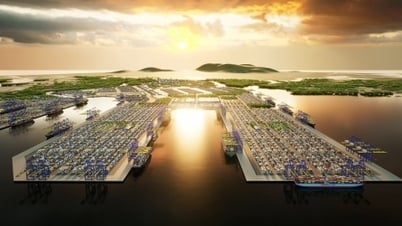














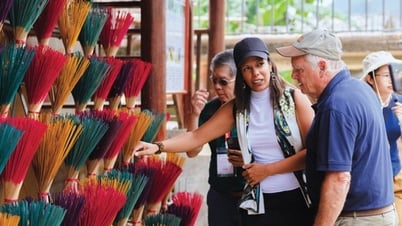



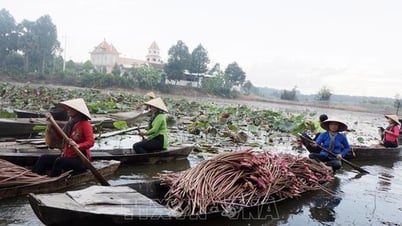

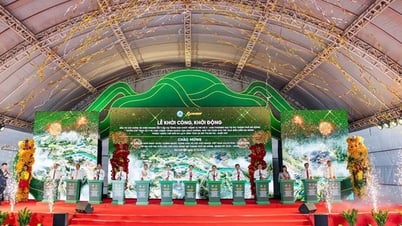


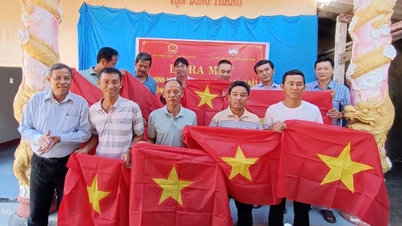


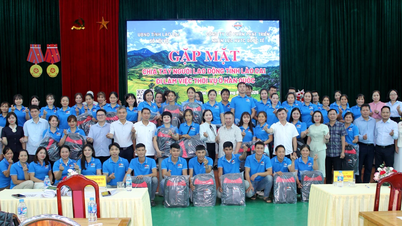

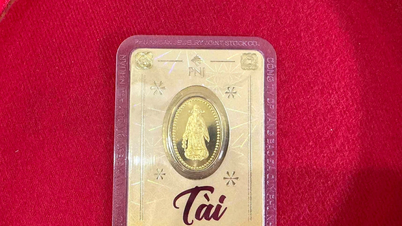
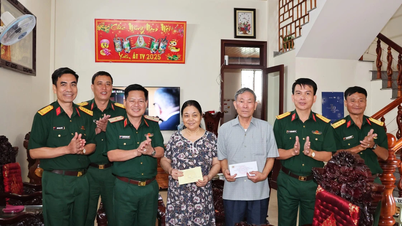










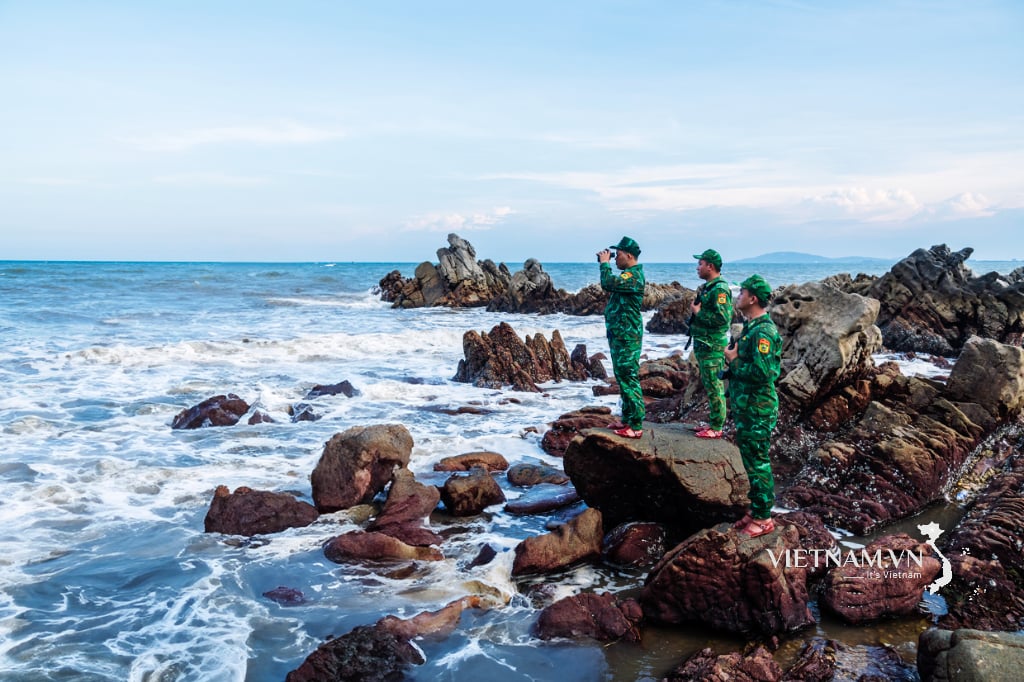


Comment (0)